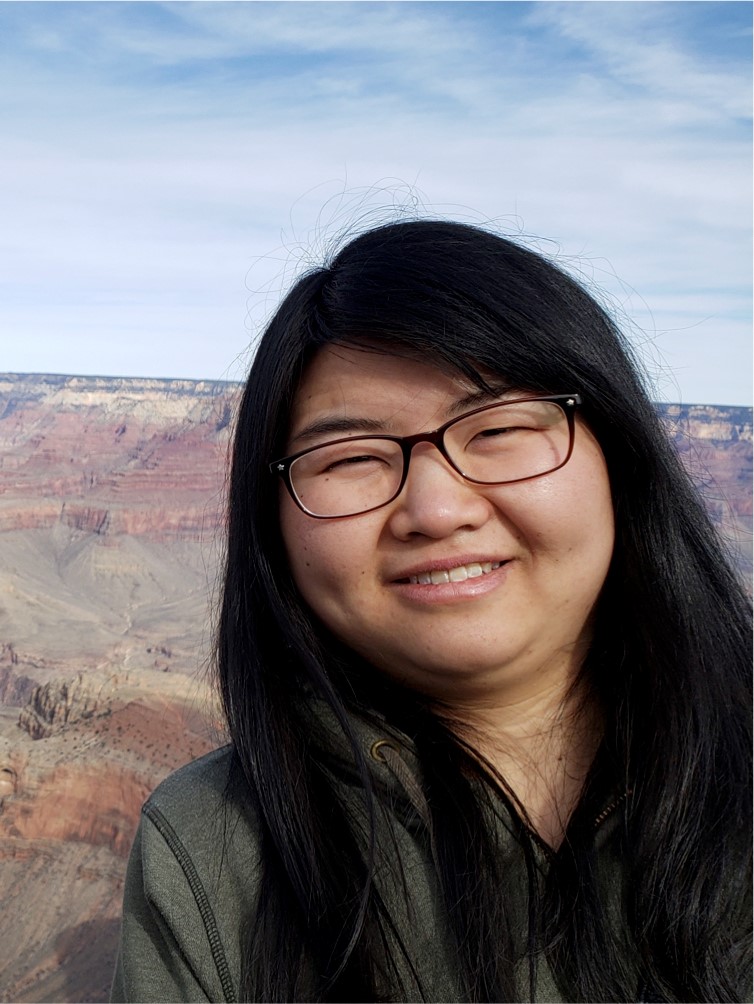 |
|
Astrophysical and Planetary Sciences Colloquium
Monday, April 01, 2024 at 3:30 pm JILA auditorium Shaosui Xu, University of California, Berkeley " Magnetic Topology at Mars and Venus"  Abstract:The Venus and Mars interactions with the solar wind are often compared because both planets lack a substantial intrinsic global magnetic field, and both have CO2-dominated atmospheres thick enough to form an ionosphere (ionized atmospheric layer). To first order, their magnetospheres are mainly induced in nature, with draped interplanetary magnetic fields (IMF) dominating their topology. However, this simple picture can be complicated by the magnetization of the ionosphere at Venus and Mars’s localized crustal field magnetism. An important property of these planet-solar wind interactions is the magnetic field’s connectivity to the collisional ionosphere/atmosphere, and possibly the planet surface. This can provide insights into the induced magnetization state of their ionospheres, the possible particle and energy exchange between their ionospheres and the solar wind, and the impact Mars’s crustal fields have on its near-space environment. Suprathermal (>1 eV) electrons are easily magnetized and excellent tracers of magnetic topology. In this talk, we describe the use of combined electron energy and pitch angle distributions measured by Venus Express and Mars Atmospheric Volatile and EvolutioN (MAVEN) to infer magnetic topology at Venus and Mars, respectively. The results highlight the contribution of Mars’s crustal fields to its ‘hybrid’ magnetosphere, and shed new light on Venus’s not-so-simple induced magnetosphere.
|